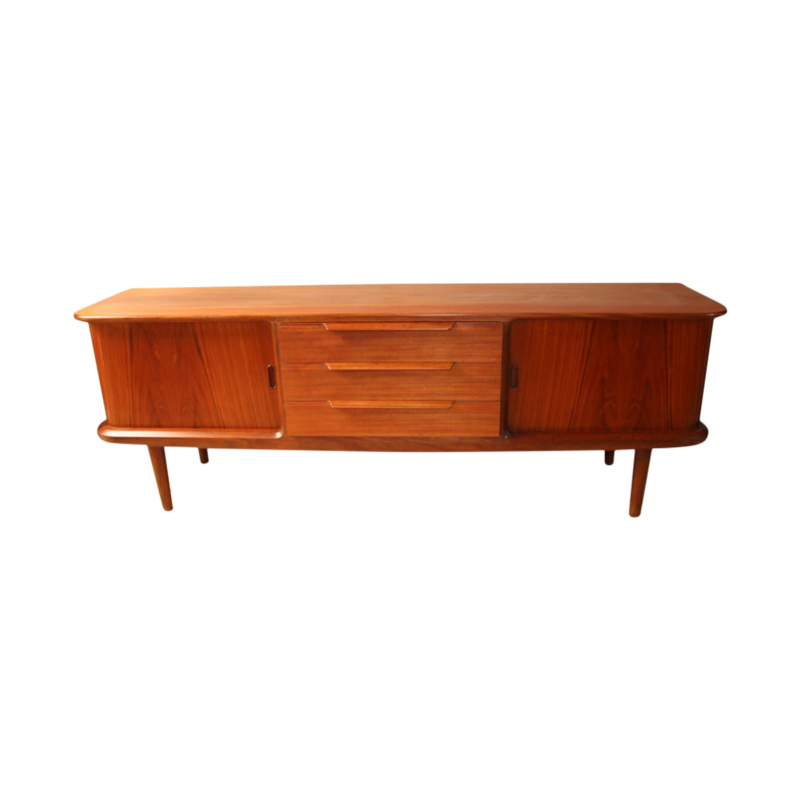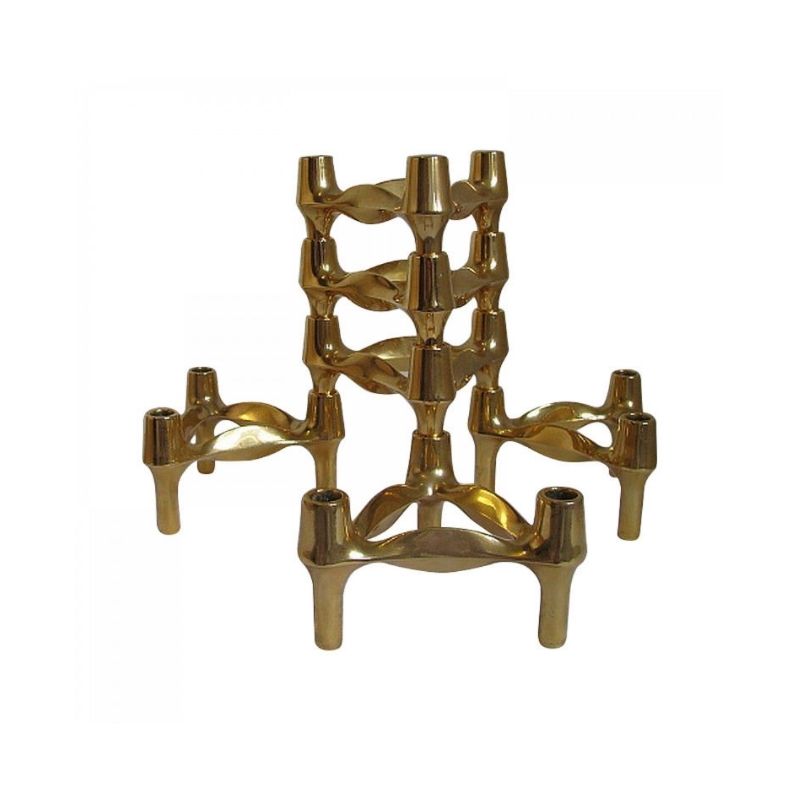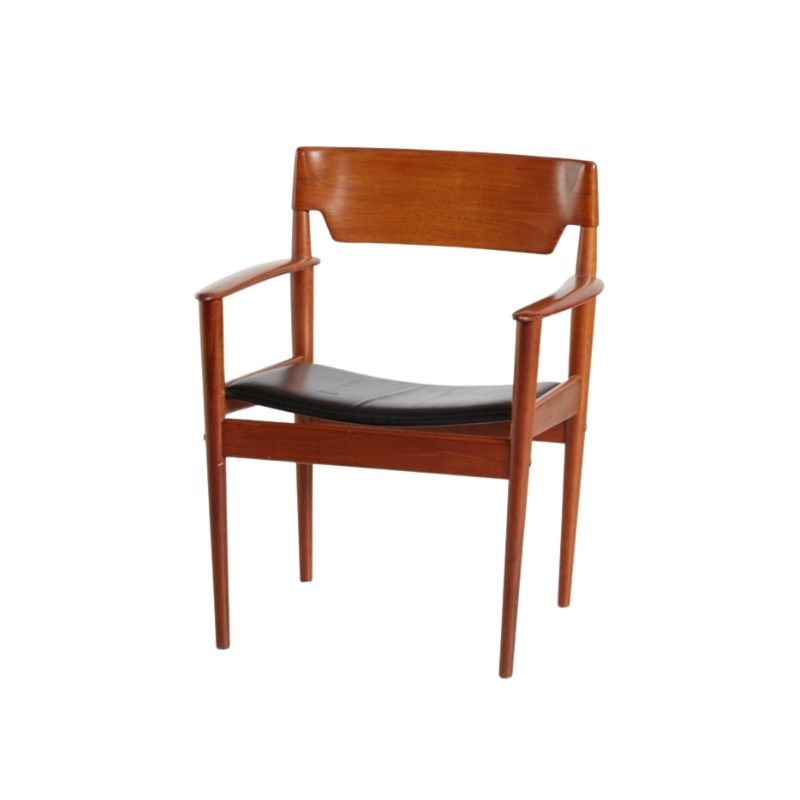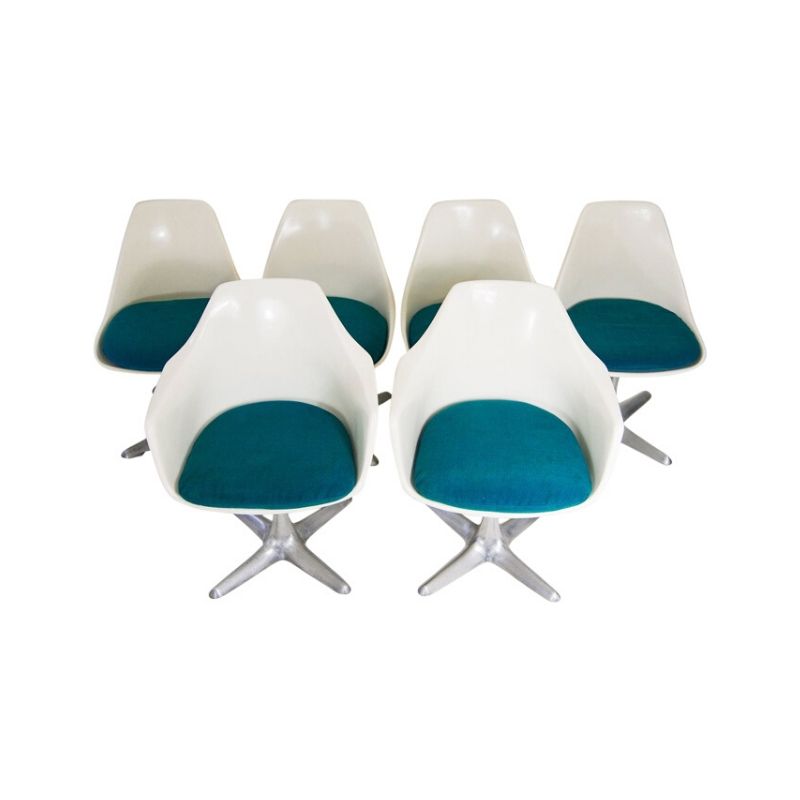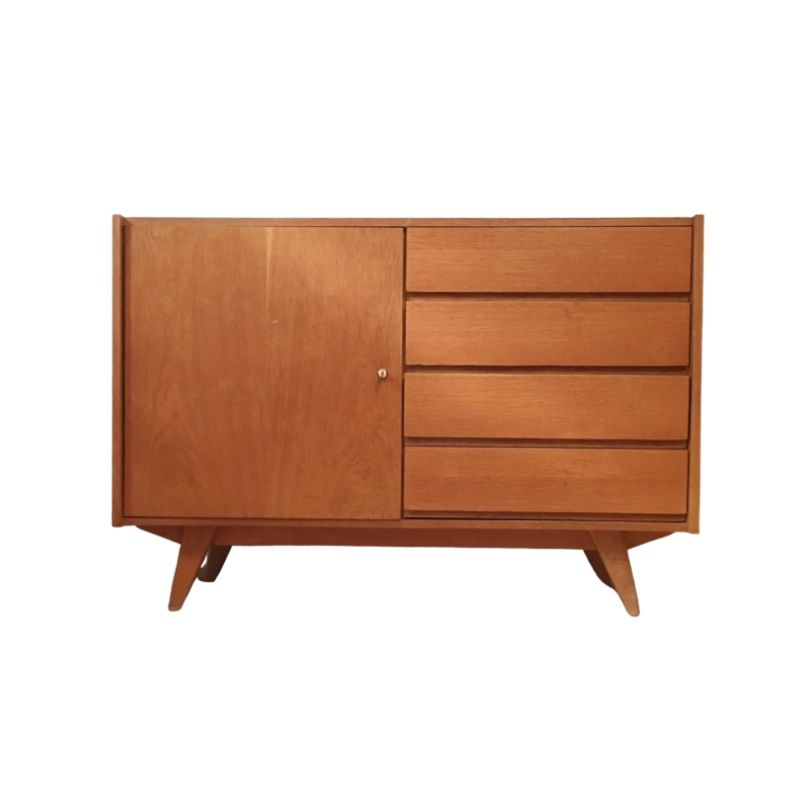This is a bit geeky but I'm a civil engineer.
It seems to me the use of plaster as a wall sheathing in any form has to end at some point. It seems grossly inefficient. It all but necessitates coping/molding of some sort at doors/windows to protect vulnerable plaster/drywall. It's impossible to remove (w/o deystoying it) when something in the wall needs work, wiring, plumbing. It has to be painted and therin lie more decades of maintenance issues.
So what are the alternatives? I like many aspects and advantages of using plywood (removable, replaceable, added building strength esp in earthquake areas, etc) but visually that's a bit too much wood surface for me look at unless it's painted and then we start the painting crap again.
I'm looking for a next generation wall covering:
affordable/Inexpensive
sold in standard sheets
cuts with any saw
removable
waterproof
intergal color
Any such product?
Well, wood
in any of its forms has a . . .very old history as an interior wall surface. If actual boards or the grain of plywood (ANY specie or cut ?) is too much pattern, there's medium-density fiberboard (MDF), which with any kind of clear finish has a warm amber-tan tone and a very fine random visual texture. It may be had in a fire-retardent formula and in various thickness, in 4 x 8 or 10 foot sheets. The edges can be chamfered if desired (the color is integral) and could be discreetly screwed to vertical surfaces or to studs.
Polycarbonate cellular panels can be fastened similarly; this material is translucent/transparent so the studs and insulation would be apparent; these could be colored white to provide a cloudy or misty ambience -- definitely more atmospheric and spacially ambiguous than a white plasterboard container !
You
mentioned waterproof; an exterior grade (MDX) is also made.
There are also cementitious boards, used as underlayment or backing for tile and other masonry surfaces.
If you must have white, melamine-coated 4x8 material is made for cabinetmakers; the better grade is MDF-core rather than particle-board. White, almond and black are always available. These panels should not be exposed to standing water.
wallboard 2000
MDF and particle board don't offer a good alternative to drywall. Very heavy, difficult to paint. What I'm hoping for is a completely new composition based on some existing technology. Someone ought to be able to make a standardized product for interior wall sheathing. Some composite material with the following qualities
stiff (+- comparable to 1/4 inch plywood)
Ilght
solid color (no surface coating to get chipped/scratched)
cuts with a saw
waterproof
strong enough to need no molding at doors/windows/etc.
Just musing on the retirement house I want to build someday...
Funny you should ask
In addition to modernism I am deeply drawn to the romantic warmth of what we Americans refer to "Lodge style" or "cabin style" such as seen in the Great Lodges of the Adirondaks(sic?). I have many fond childhood memories of staying as a guest at some of my friends cabins. It seems to me now that because those structures were "second" or "weekend" homes they were constructed on a tight budget. Thusly, the materials were inexpensive yet somehow applied in a manner that lended itself to a charming warmth ( I know this is getting lenghty - but, stay with me. My point is forthcoming).
Years ago my wife and I bought a beautiful lake property in Northern Wisconsin with the intention(read:hope) of someday finding the funds to build our own cabin - and begin to build our own Northwoods memories. Well...after a couple of kids, the extra funds never seem to materialize. So in the absence of a real lake home, I have modeled the guest room in my house in the adirondak vernacular. The other day I was struck by the material used for the lid of an antique picnic basket. it was masonite pressed with a geometric pattern that can best be decribed as flattened pyramids on a grid ( very similar to the face of certain Rolex watches).It was unfinished yet had a kind of gloss to it due to the extreme pressure under which it was pressed .Those old cabins "up North" used a lot of these types of materials. it was cheap,available and still evoked a feeling of richness and comfort. Drywall simply can not do that -no matter what you do to it. So I was thinking; why aren't any companies producing innovative variations of this old picnic basket lid. Think of the possiblities of patterns,textures,materials and color that could be pressed into sheets as an alternative to drywall. The many types of waste materials that are available could be recycled into products that surely would eclipse drywall in visual interest alone. They could be treated for fire retardation,water repellence etc. In light of the need for inexpensive,"green" housing, it puzzles me to walk through the building materials store and not see more alternatives to plywood and drywall.Hmmm... any investors want to talk?

Life on the edge
Thanks for this whole thread, folks. The difficulty remains: how to deal with the edges? Stone, solid wood, and maybe something like Corian aside, the edges of almost any sheet, when cut to size/shape, present difficulties. And the joints at corners, floor, and ceiling (in the real world) are almost impossible to fit accurately. Masking the crevices with molding just draws attention to the defects. Ugh. Of course, a skilled designer or architect could figure out a presentable one-off solution, but what about a mass-produced modular product for humble home-handyman me? Suspicion: the whole house would have to be factory-built to aerospace specs first.
Ok, forget about "Up North"
seriously - there are thicker grades of masonite that are very dense but will take a stain and a bevel to the edge. My best friend is an an architect and he just designed a very beautiful building with the interior walls made of "wheat board" , which pressed wheat hulls. Its very attractive,blonde but will take stain and is hard and fine enough to bevel the edges if you want.I have enclosed a picture of a part of the building. If you look at the far walls you can see the wheat board with decorative mullions nailed over-in the arts and crafts manner. I do think it would look great just stark however.

If you need any help, please contact us at – info@designaddict.com



